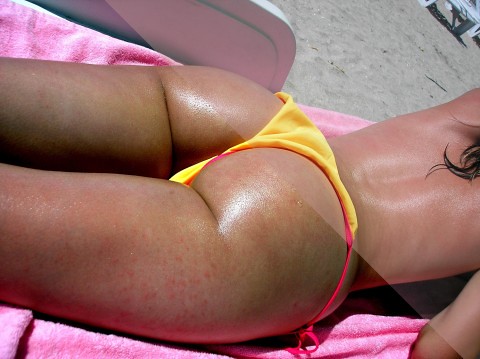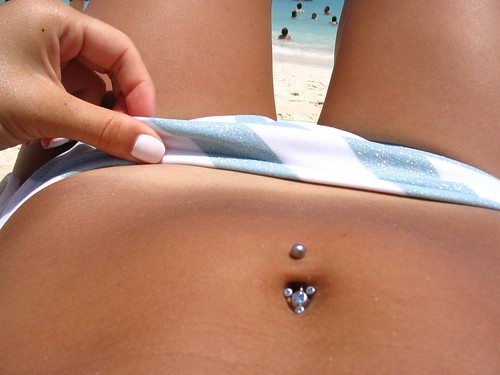Features that affect prognosis of melanomas are tumor thickness in millimeters, depth related to skin structures, type of melanoma, presence of ulceration, presence of lymphatic/perineural invasion, presence of tumor infiltrating lymphocytes, location of lesion, presence of satellite lesions, and presence of regional or distant metastasis. Certain types of melanoma have worse prognoses but this is explained by their thickness.
Interestingly, less invasive melanomas even with lymph node metastases carry a better prognosis than deep melanomas without regional metastasis at time of staging. Local recurrences tend to behave similarly to a primary unless they are at the site of a wide local excision since these recurrences tend to indicate lymphatic invasion. When melanomas have spread to the lymph nodes, one of the most important factors is the number of nodes with malignancy.

Extent of malignancy within a node is also important; micrometastases in which malignancy is only microscopic have a more favorable prognosis than macrometastases. In some cases micrometastases may only be detected by special staining, and if malignancy is only detectable by a rarely-employed test known as the polymerase chain reaction (PCR), the prognosis is better.
Macrometastases in which malignancy is clinically apparent (in some cases cancer completely replaces a node) have a far worse prognosis, and if nodes are matted or if there is extracapsular extension, the prognosis is still worse. When there is distant metastasis, the cancer is generally considered incurable. The five year survival rate is less than 10%.
The median survival is 6 to 12 months. Treatment is palliative, focusing on life-extension and quality of life. In some cases, patients may live many months or even years with metastatic melanoma (depending on the aggressiveness of the treatment). Metastases to skin and lungs have a better prognosis. Metastases to brain, bone and liver are associated with a worse prognosis.
There is not enough definitive evidence to adequately stage, and thus give a prognosis for ocular melanoma and melanoma of soft parts, or mucosal melanoma, although these tend to metastasize more easily. Even though regression may increase survival, when a melanoma has regressed, it is impossible to know its original size and thus the original tumor is often worse than a pathology report might indicate.
Radiation therapy is often used after surgical resection for patients with locally or regionally advanced melanoma or for patients with unresectable distant metastases. It may reduce the rate of local recurrence but does not prolong survival. Radioimmunotherapy of metastatic melanoma is currently under investigation. What's more, moles are classically removed by laser, surgery, or electrocautery.
Most of these treatments require multiple visits to the doctor. Laser and electrocautery treatments are not always effective because they only reach the outermost layers of the skin, while moles penetrate very deep into the dermal tissue, often beyond the reach of these treatments. Surgery, the other option doctors commonly offer, involves cutting out the mole. The resulting wound requires stitches, which will in turn leave a scar.






